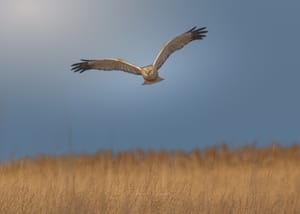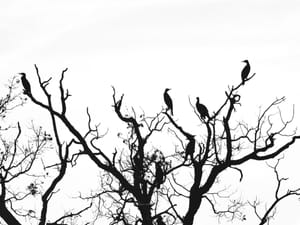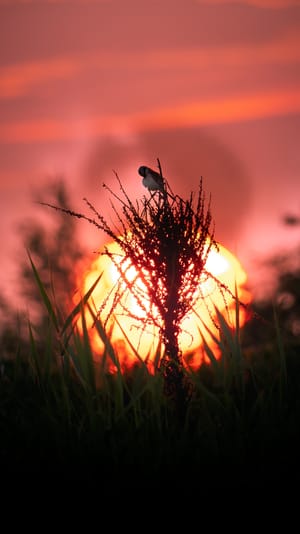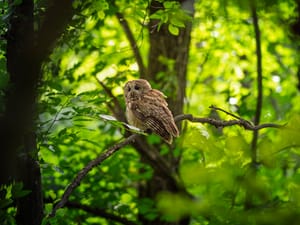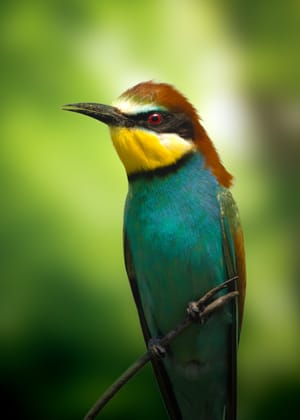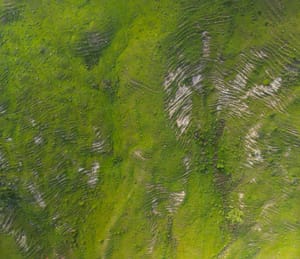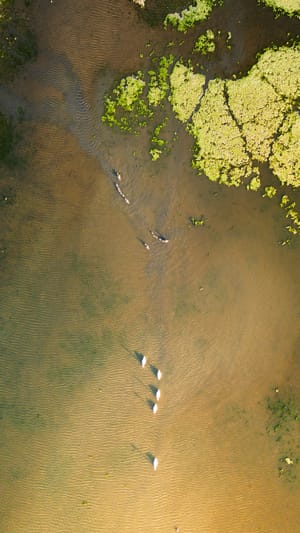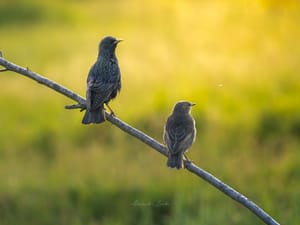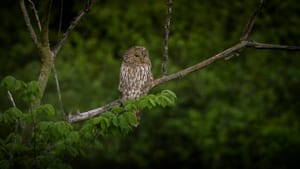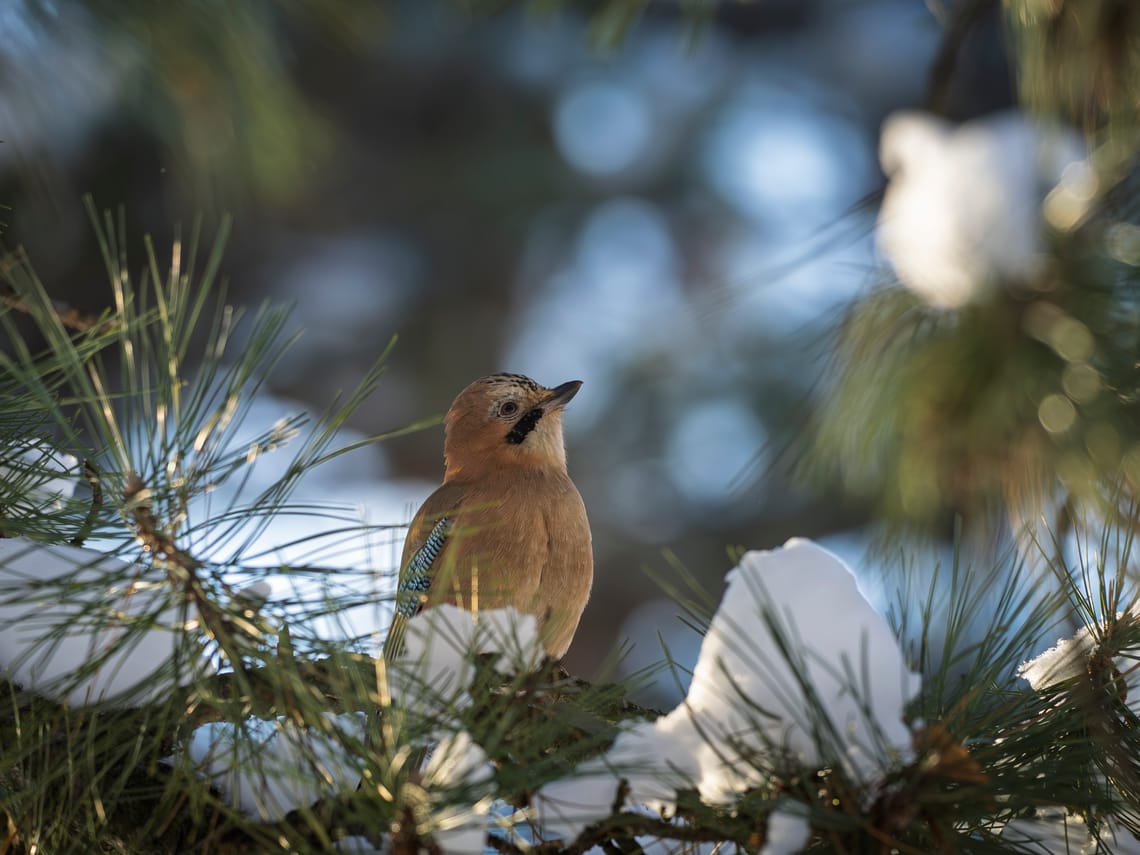
"Winter's Survivor" - Behind the Shot
Most Eurasian jays migrate south when winter arrives in the Romanian mountains, but not all. A few hardy individuals choose to overwinter in the coniferous forests, adapting to conditions that would challenge far larger birds. Finding this jay among snow-heavy pine branches was like discovering a secret—proof that some wildlife thrives exactly where you'd least expect it.
I'd been tracking bird activity in this montane forest, documenting how different species adapt to harsh winter conditions. Most expected residents were there—nuthatches, woodpeckers, tits—but finding a jay actively foraging in sub-zero temperatures felt like a bonus gift from the winter woods.
The blue wing patches visible in this shot aren't just beautiful—they're social signals that remain important even in winter's isolation. Jays use these distinctive markings for species recognition and territory communication, essential when competition for limited winter resources intensifies.
Jays represent corvid intelligence at its finest. This individual's winter presence indicates successful completion of autumn preparation—gathering and caching enough resources to survive months of scarcity. It's a living demonstration of planning, memory, and risk assessment that rivals human strategic thinking.
Studies show that jays can remember not just where they've cached food, but what type of food, when they cached it, and even which caches are most likely to have been discovered by competitors. This cognitive sophistication explains their winter survival success.
Finding this jay required patience and understanding of winter bird behavior. Unlike summer's abundance, winter wildlife operates on survival schedules that don't accommodate human convenience. Success means learning to think like the animals—where would shelter be best? When would foraging be most productive?
The jay tolerated my presence because I moved slowly and predictably, demonstrating through behavior that I posed no threat to its carefully maintained winter routine. Wildlife photography in harsh conditions requires earning trust through patience and respect.
This image reminds us that survival strategies vary enormously, even within species. While most jays migrate to easier conditions, some individuals choose the challenge of wintering in place. It's a metaphor for different approaches to life's difficulties—flight versus adaptation, escape versus endurance.

